
Resources
Access and download our latest support materials and guides, Razeek has got you covered from installation to troubleshooting.
Insight from Rayzeek
The latest sensor tech trends.
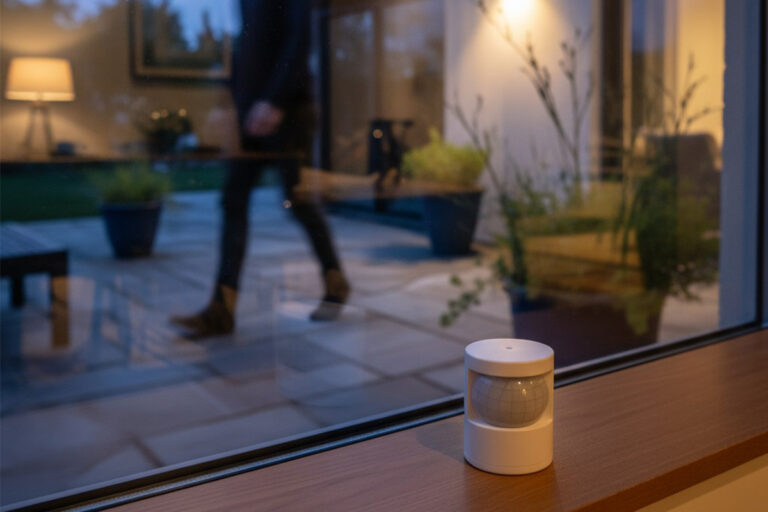
Why Your Motion Sensor Can’t See Through Glass
Ever wonder why a motion sensor fails to detect movement through a window? It’s not a defect; it’s physics. Most sensors rely on detecting infrared heat signatures, but standard glass is opaque to these wavelengths, effectively blinding the device. This guide explains why this happens and shows that the only reliable solution is mounting a weatherproof sensor outside for an unobstructed line of sight.

Motion Detection in High-Bay Garages and Workshops: Why Height Changes Everything
Motion sensors in high-bay garages and workshops often fail not because they are defective, but due to a fundamental geometry problem. As mounting height increases, the sensor’s detection cone narrows, leaving large areas uncovered. Simply increasing sensitivity backfires, leading to false triggers from HVAC systems or swaying equipment. The real solution involves strategic placement, correct lens selection, and multi-sensor zoning to ensure reliable coverage.
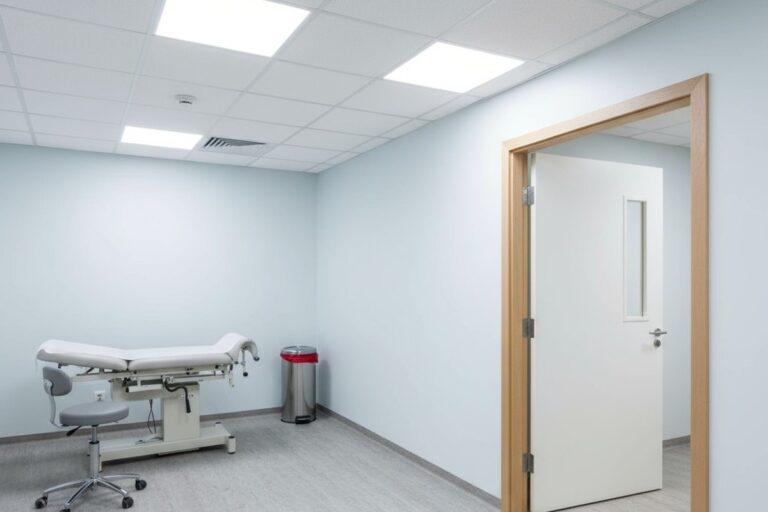
Privacy-Sensitive Clinics and Exam Rooms: Motion Control Without Awkward Moments
Standard motion sensors can create awkward, uncomfortable moments in clinics and exam rooms, eroding patient trust. To preserve patient dignity, lighting automation must be implemented with care, using principles like indirect line-of-sight placement, vacancy mode operation, and extended timeouts to ensure the environment feels safe and reliable.
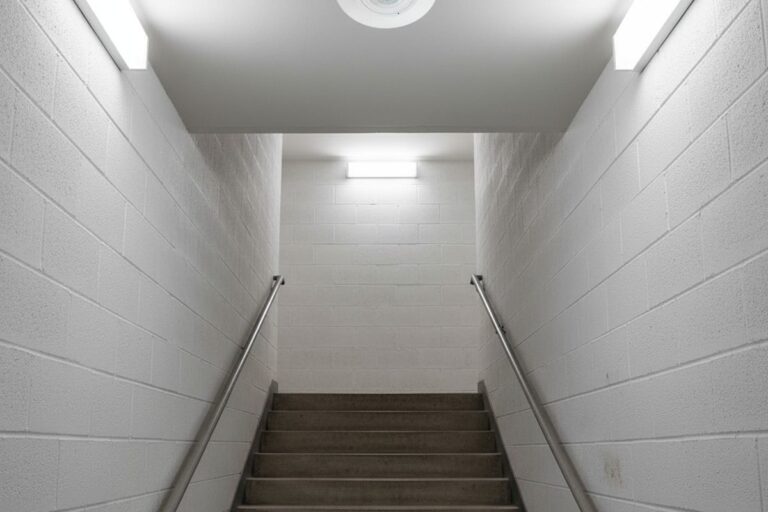
Stairwells That Stop Strobing: How to End the On-Off Flicker in Seldom-Used Stairs
Motion-activated stairwell lights often create a dangerous strobing effect when default settings are used. This on-off flicker is a fall risk caused by timeouts too short for vertical transit. By extending timeout durations, ensuring proper retriggering, and creating overlapping sensor zones, you can eliminate strobing, enhance safety, and still achieve significant energy savings.
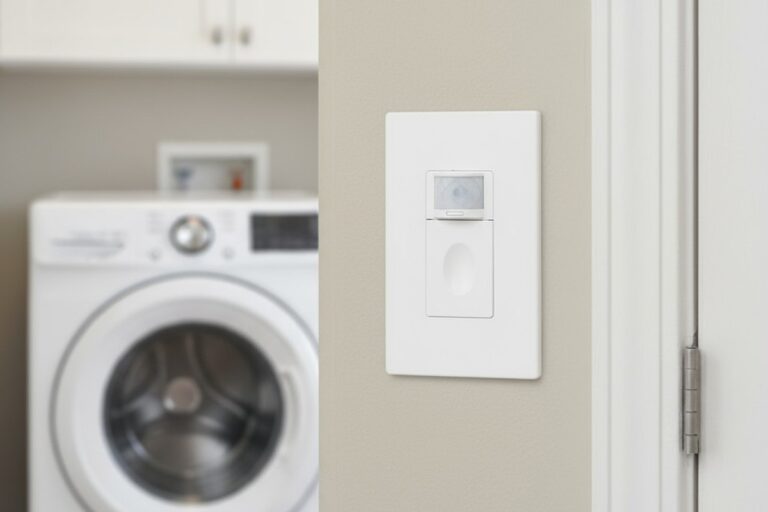
When Laundry Room Occupancy Sensors Miss the Occupant
If the lights cut out while you are folding laundry, it is likely a geometry problem, not a defective sensor. In small, rectangular laundry rooms, ceiling-mounted sensors create blind spots in corners where stationary tasks occur. A wall-box sensor solves this by projecting its detection cone horizontally, ensuring consistent coverage where you actually work.
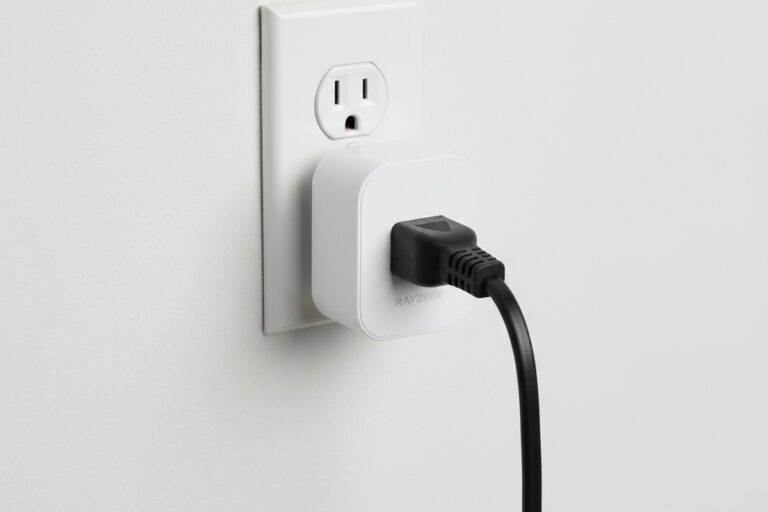
Safer Portable Heater Usage Through Occupancy-Based Automation
Using a portable heater? Leaving it on in an empty room is a fire risk and a major energy drain. Occupancy-based automation solves this by automatically cutting power when you leave, transforming a simple appliance into a smart, supervised system. This simple upgrade ensures safety and significantly lowers your winter utility bills.
